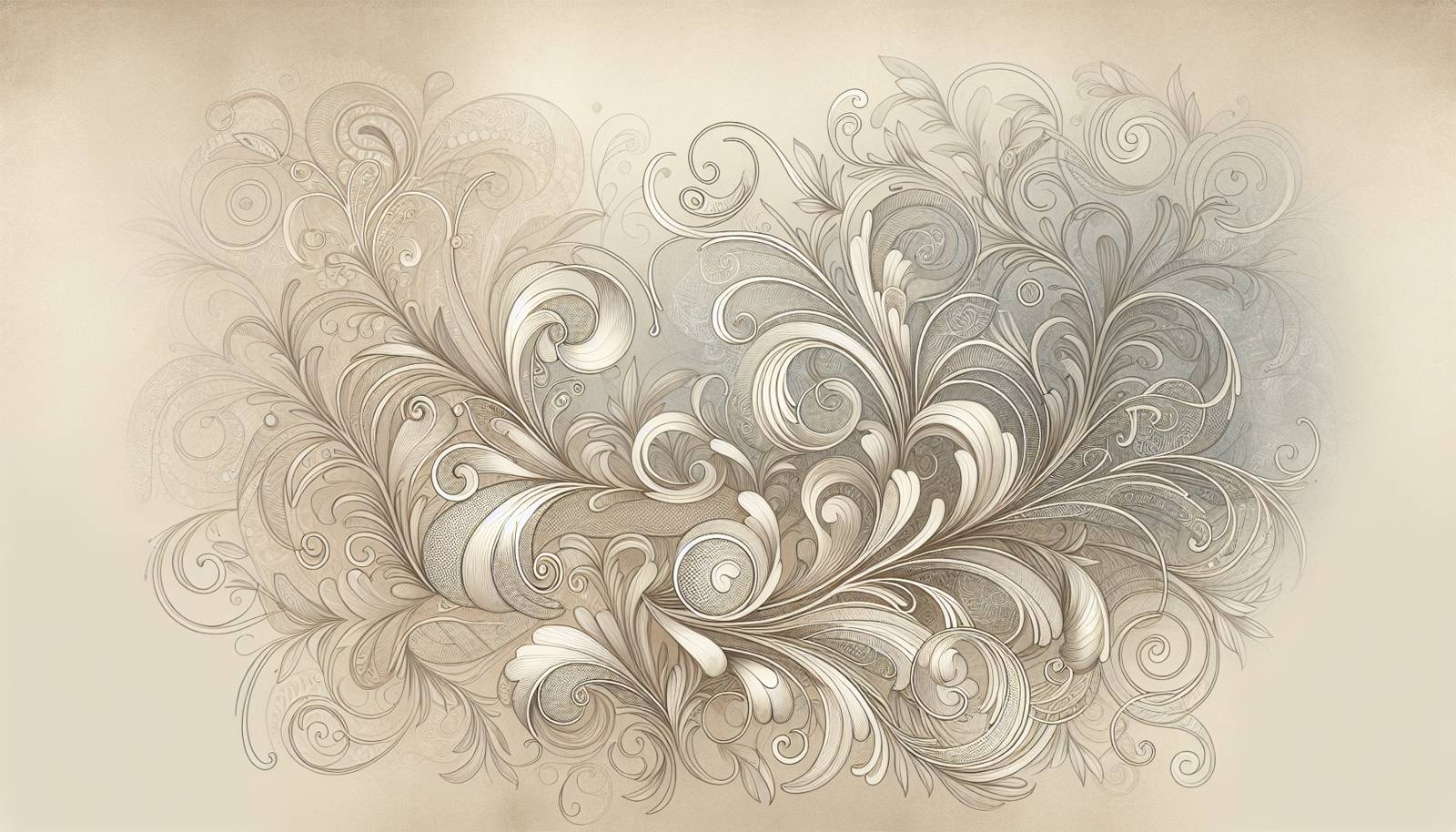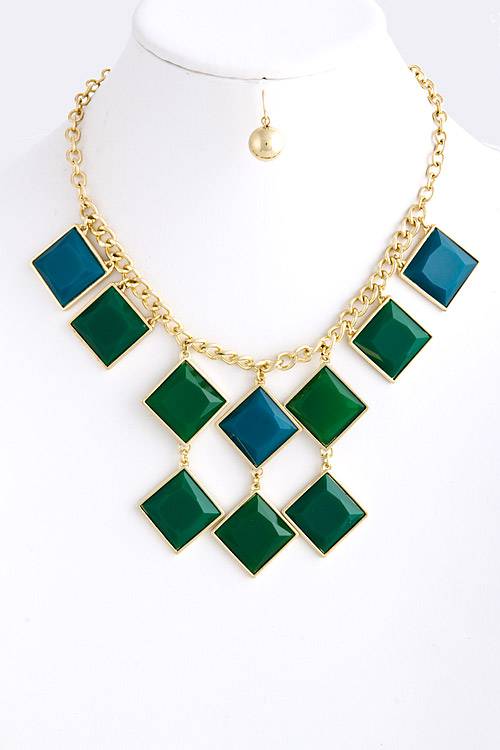
FAQ About The Role of Costume Jewelry in Fashion Evolution

What is costume jewelry?
Costume jewelry refers to decorative pieces made with inexpensive materials rather than precious metals or gemstones. However, they are designed to mimic fine jewelry aesthetics. This category includes items like necklaces, bracelets, earrings, and rings made from glass, plastic, or synthetic stones.

How did costume jewelry originate?
Costume jewelry originated in the early 20th century as a cheaper, mass-produced alternative to fine jewelry. It became popular during the Art Deco period of the 1930s when designers began creating theatrical pieces using glass and synthetic gemstones to offer the illusion of luxury.

What role did Coco Chanel play in popularizing costume jewelry?
Coco Chanel significantly popularized costume jewelry in the 1920s and 1930s by incorporating bold, mixed-material designs into her fashion collections. She advocated for mixing costume pieces with fine jewelry, effectively endorsing the concept as sophisticated and stylish.

How does costume jewelry influence fashion trends today?
Today, costume jewelry continues to influence fashion trends by allowing individuals to express personal style affordably. Designers often use it to experiment with bold trends and aesthetic directions that can quickly change in the fashion industry.

Why is costume jewelry considered important in cultural expression?
Costume jewelry is pivotal in cultural expression because it allows wearers to convey personal and cultural identity through affordable means. Its variety in design and adaptability to current trends enable people to showcase individuality and celebrate cultural aesthetics.

What materials are commonly used in costume jewelry?
Costume jewelry is typically made from a variety of materials including base metals such as brass or tin, and non-precious materials like plastic, glass, resin, and synthetic stones. Occasionally, semi-precious stones are used to enhance the look while maintaining affordability.

How has costume jewelry impacted society's view on luxury?
Costume jewelry democratized luxury by making it accessible to the masses. This shift allowed people across different socio-economic classes to partake in current fashion trends without the financial burden of fine jewelry, thus reshaping societal views on luxury to include more varied and inclusive interpretations.

Is costume jewelry still popular today?
Yes, costume jewelry remains highly popular today. It is embraced by fashion enthusiasts, celebrated in pop culture, and regularly featured on runways globally. The accessibility, variety, and versatility it offers continue to cater to diverse fashion statements and economic backgrounds.

How do modern designers incorporate costume jewelry in their collections?
Modern designers incorporate costume jewelry into collections by using it to complement their clothing designs with bold and innovative styles. They experiment with unconventional materials and intricate designs to create pieces that align with or set current fashion trends.

What are some iconic examples of costume jewelry in fashion history?
Iconic examples of costume jewelry include Chanel's faux pearl necklaces, Elsa Schiaparelli's surrealist pieces in collaboration with Salvador Dalí, and the dazzling designs of Miriam Haskell that used glass pearls and intricate metalwork. These pieces reflect periods of fashion history where costume jewelry prominently featured in mainstream trends.

How has costume jewelry evolved over the decades?
Costume jewelry has evolved from simple, inexpensive imitations of fine jewelry to intricate, statement-making pieces that are significant in personal and cultural fashion narratives. Over the decades, its design has expanded in creativity, using a wide array of materials and aesthetic inspirations from minimalism to maximalism.

What is the environmental impact of costume jewelry?
The environmental impact of costume jewelry primarily involves challenges related to the use of non-recyclable materials like plastics and non-precious metals. However, many modern brands are seeking sustainable practices by using recycled materials and implementing eco-friendly production processes.

Can costume jewelry be vintage?
Yes, costume jewelry can be vintage. Pieces made in earlier decades, such as during the Art Deco, Retro, and mid-century periods, are considered vintage and are valued for their style, material, and manufacture date. They are often collected for their historical significance and design.

How do collectors determine the value of costume jewelry?
Collectors determine the value of costume jewelry based on several factors, including the piece's age, condition, brand or designer, craftsmanship, and rarity. Historical significance and the materials used can also influence its collectible value.

What are common misconceptions about costume jewelry?
A common misconception about costume jewelry is that it is low quality. While it uses less expensive materials compared to fine jewelry, it doesn’t mean poor craftsmanship. Many pieces are well-designed and offer longevity with proper care.

How do you care for costume jewelry to ensure its longevity?
To care for costume jewelry, avoid exposure to water, perfume, and lotions that can cause tarnishing. Store the pieces in a dry, cool place—preferably in individual pouches or boxes—to prevent scratches and preserve their appearance. Regular gentle cleaning with a soft cloth helps maintain shine.

Why is costume jewelry often used in movies and theater?
Costume jewelry is frequently used in movies and theater due to its cost-effectiveness and visual appeal. It provides a feasible way to create striking looks for characters without high expenses and is adaptable to rapid costume changes and diverse roles.

What are the differences between costume jewelry and fine jewelry?
The main differences between costume jewelry and fine jewelry lie in their material and craftsmanship. Fine jewelry uses precious metals like gold and silver, and gemstones, while costume jewelry uses base metals and synthetic stones. This affects their price, weight, and longevity, with fine jewelry being more durable and valuable.

How did economic factors contribute to the rise of costume jewelry?
Economic factors such as the Great Depression in the 1930s contributed to the rise of costume jewelry by increasing demand for affordable luxury. People sought alternatives to expensive fine jewelry, leading to the popularity of stylish, mass-produced pieces at accessible prices.

How do fashion brands use costume jewelry to enhance their brand image?
Fashion brands use costume jewelry to enhance brand image by aligning such pieces with their broader aesthetic and marketing strategies. Costume jewelry can convey a brand’s identity, appeal to a wider audience through affordability, and offer a versatile accessory option that complements seasonal fashion lines.
